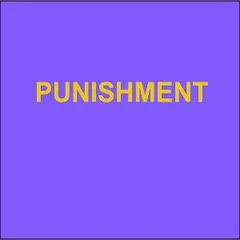By The American Civil Liberties Union (ACLU)
This report focuses on an ongoing crisis in many of America’s jails and prisons: the near total denial of medication for addiction treatment (MAT) for people with opioid use disorder (OUD). Despite a crisis of overdose deaths, which have spiked further in the wake of COVID-19, many jails and prisons are ignoring a vital public health tool that is proven to curb the deadly effects of the opioid epidemic. MAT is basic healthcare for individuals with OUD. There are three MAT medications approved by the Food and Drug Administration (FDA): methadone, buprenorphine, and naltrexone. Methadone and buprenorphine are proven to be effective, while the evidence supporting the effectiveness of naltrexone is more limited. In far too many jails and prisons around the country, none of these medications are available to incarcerated people with OUD, or only naltrexone is available. OUD is common in jails and prisons, affecting nearly a quarter of the incarcerated population. This denial of treatment leaves people with OUD at a much higher risk of relapse and overdose upon release from incarceration. MAT is a practical solution to this problem. MAT reduces the risk of death from any cause by 85%, and the risk of death from an overdose by 75% in the weeks following release.5 As discussed herein, there is a growing consensus among policy makers, medical professionals, and corrections officials that MAT is appropriate for incarcerated people with OUD. And many of the jails and prisons that have implemented MAT programs report that it is affordable and can be safely administered.
New York: ACLU, 2021. 32p.







